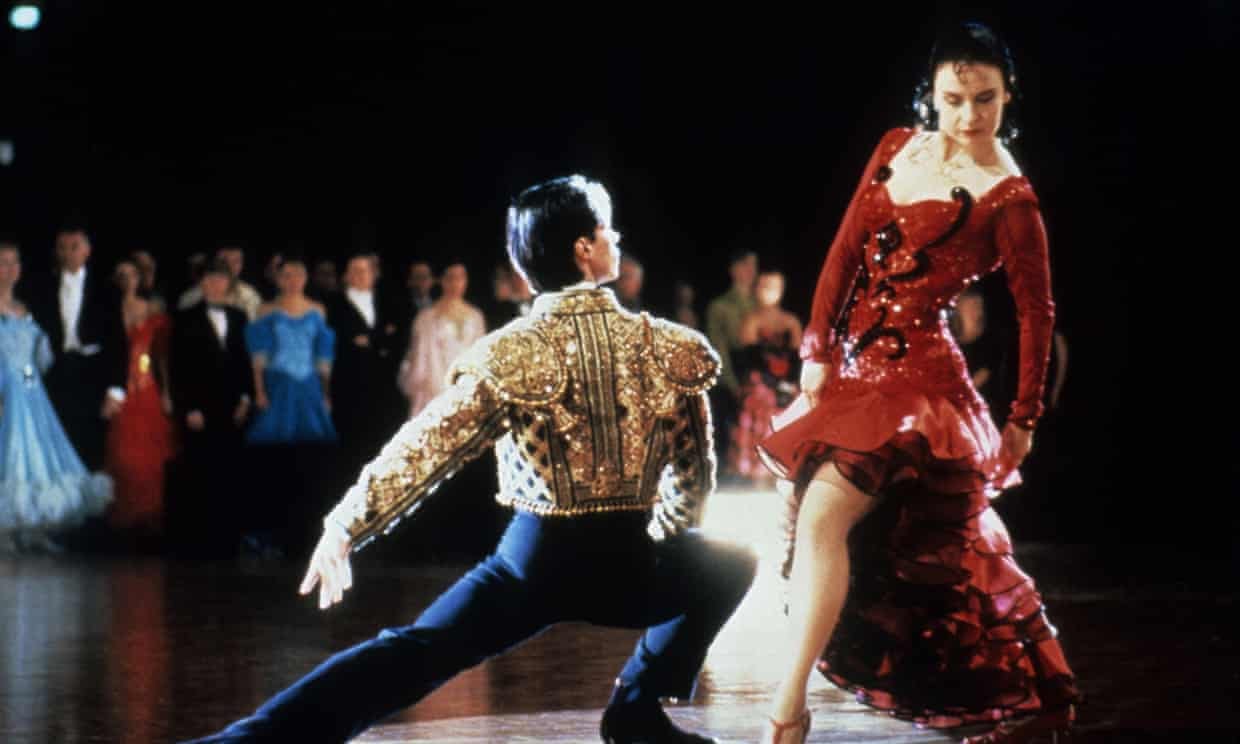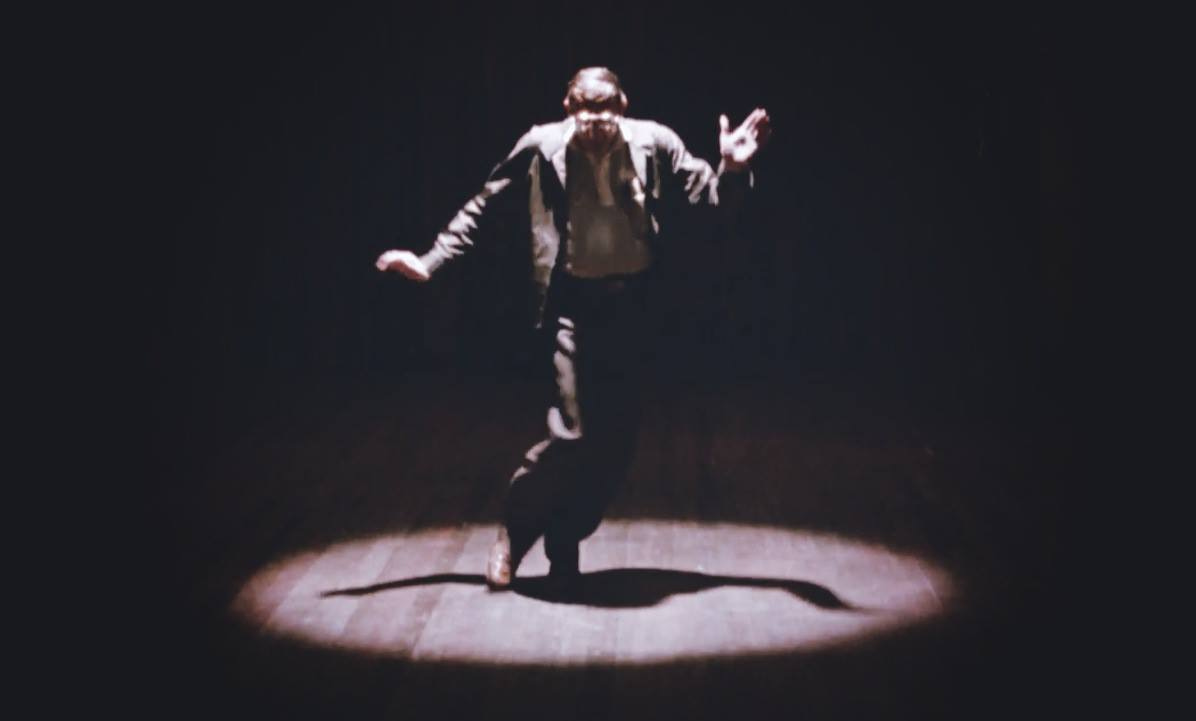For a reminder of the genesis (and ground rules) of the project, see this post.
HM #1: Sneakers
I always enjoy a good heist film, but I particularly enjoy it when they’ve got a bit of humor to them. Heat, to use an illustrative contrary example, is a great heist film, but very sober, even (some might say) cynical. Same could be said of The Town, or Inside Man, or The Usual Suspects. Or Reservoir Dogs, which we’ll be discussing a bit later. Watching this film, on the other hand, feels a bit like stumbling across Ocean’s 11’s parents while you’re looking through its cinematic family tree. I’d say it falls more on the “caper” side of things when compared to the “serious” ones I’ve listed above. Like any great heist/caper film, its strength lies very much in its cast, which is an impressive list of names (and which does some really outstanding work). While it’s hard to “play favorites” with a cast this enjoyable, I especially loved David Straitharn; in fact, it might be the first thing I watched where I really noticed him. Phil Alden Robinson’s direction is competent, if uninspiring (much as one would expect from someone most famous for Field of Dreams and—gulp!—Sum of All Fears), but the overall mood is unmistakably (and simply) fun, which is probably why Slate did a big write-up on its 20th Anniversary. Musical HM: It’s also got a great, propulsive score from James Horner, a feature so memorable that it warranted its own article from Slate.
HM #2: Patriot Games
JOSEPH: This may not be the last time Harrison Ford’s Jack Ryan appears on my list. (NARRATOR: “This is definitely not the last time Ford’s Ryan appears on his list.”) Nothing groundbreaking here, perhaps, but the second installment in Hollywood’s Jack Ryan movie trilogy is a taught and entertaining action thriller which reminds me that director Phillip Noyce is really quite good. I say “trilogy” because Sum of All Fears is terrible and doesn’t deserve to be in the same category as the first three, despite being made by the fellow whose Sneakers I just praised so highly. Ford isn’t ranging far afield from his “tried-and-true,” earnest persona, but that doesn’t make it any less enjoyable than you’d expect. It’s been a few years since I’ve rewatched this one, but my two most powerful memories are of Sean Bean’s intensely-driven Sean Miller (amazing!) and of the mesmerizing, languid scene featuring the music video for Clannad’s “Theme from Harry’s Game.” (Also, the London ambush and the raid shown entirely through heat signatures are both great action sequences, if I recall correctly.)
HM #3: Reservoir Dogs
It’s long been an obsession of mine to try and identify what makes a director tick, to figure out who a director is, deep-down and “in the bones.” My experience has been that this is almost always something that you can see mostly clearly in their first films. That’s the work filled with the ideas that they felt most driven to put on screen—the ideas that made them “want to be a director” in the first place—but it’s also (often) the one with the least polish and technical expertise; the least formal and experienced. So it usually ends up being the most obvious; the most direct. Tarantino’s no exception, I’d say, though I’m not quite sure he’s driven by ideas he wants to articulate as much as by genres and homages and mashups and inside jokes that he wants to share. While the result is something that feels both fresh and familiar, it’s sometimes hard to parse out what we’re familiar with because of what came before and what we’re familiar with because QT had such a significant impact on future filmmakers. For many years, I considered this my favorite Tarantino (though I think I may have shifted away from that in recent months) because it was a bit rougher around the edges, technically, and that felt more “real” to me. In hindsight, I’m not sure he’s every gone for anything remotely close to reality, so he might see that roughness/lack-of-polish as a drawback, not a feature. But it still feels like it gets at the “heart” of what he wants to do; even if later works were more complete realizations of his vision, they also carried a bit more noise (and a bit less signal).
OK. On to our feature film.
1992’s Selection: Strictly Ballroom, by Baz Luhrmann
Speaking of getting to know someone interests and tendencies by paying attention to their early work, today’s piece is an example of just that...except for me, rather than for the director. Here’s what I wrote about Strictly Ballroom over ten (gulp!) years ago:
For years, I’ve struggled with [Luhrmann’s] films. But not because he’s crazy. I struggle with them because he’s not quite crazy enough. Or at least he’s not whole-heartedly crazy. Not uncompromisingly crazy. He’s always holding a little something back. …The things about him that are most insane are stylistic things: zooming, wooshing, wildly-windmilling camera work; extreme, over-the-top and in-your-face acting; crazy musical mishmashes. The guy’s a walking encyclopedia of visual and aural tricks; a cinematic mad scientist.
But the stories he’s telling? They’re not crazy. Shakespeare, for example. Or Dumas/Verdi/Boethius. Or F. Scott Fitzgerald. Those stories are sort of straight-forward, even somber. They’re not crazy. But he’s telling them in such a crazy way, and that clashes. Always makes me feel like he’s putting old wine in new wine skins, and things are splitting up and spilling out all over the place.
There is an exception to this rule, though. A story that is as absurd and awesome and inexplicable and impossible as his style. A film that is, as a result, far-and-away my favorite Luhrmann.
I’m not sure I agree with absolutely everything there, but I still agree with much of it. Luhrmann’s not a true enfant terrible (much as he might like to give that impression) because he’s not telling the sorts of stories that rightfully earns one that reputation. Despite the wild window dressing, he’s actually pretty traditional.
Still, as I said over a decade (gulp!) ago, I definitely think that Strictly Ballroom’s an exception. Yes, it’s a love story—that seem’s pretty traditional, right?—but the setting and the characters are just as wild as his style. The perfect fit of director and material, which is probably connected to the fact that Luhrmann’s family actually lived the ballroom dance life (since his mom was an instructor).
That makes it another in the Spinal Tap mode, where it moves “from (surface) mockery to (deep) affection,” and you love its characters, rather than ridiculing them.
Dumped by his partner just before a major dance competition, gifted hoofer Scott Hastings (Paul Mercurio) is forced to take a graceless neophyte (Tara Morice) as his new partner. But much to everyone’s surprise, Scott soon turns his unpromising protégé into a topnotch dancer.
In Australia, it’s considered a national treasure, with a lengthy, somewhat-breathless page on The National Film and Sound Archive of Australia (NFSA) website. “Released in August 1992,” it says, the film “set Baz Luhrmann on a path to worldwide success, and launched the careers of Paul Mercurio and Tara Morice. Consistently ranked in the top ten among Australia films at the all-time box office, the film is now considered an Australian classic.”
To be perfectly honest, I’m not sure Mercurio and Morice really have careers outside of Ballroom, at least not ones that you’d say were “launched.” Yes, Mercurio served as a “movement consultant” for I, Robot—great trivia question, by the way—but I don’t we could say that Luhrmann’s film really paved the way to eventual stardom for either of them. …which is just fine, honestly. If you’re only ever recognized as “the guy and the gal from Strictly Ballroom,” you’re still a legend.
You know who else is a legend? Barry Otto. That man is a national treasure.








